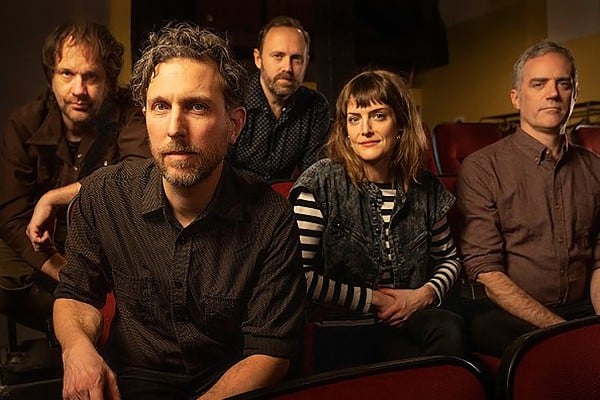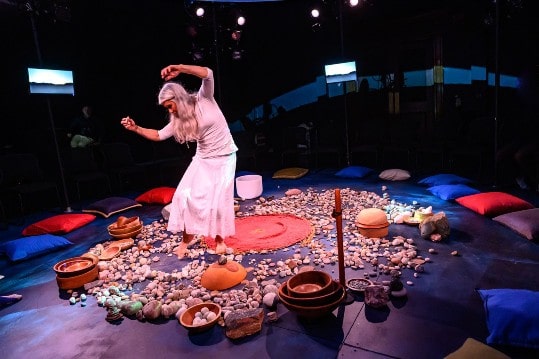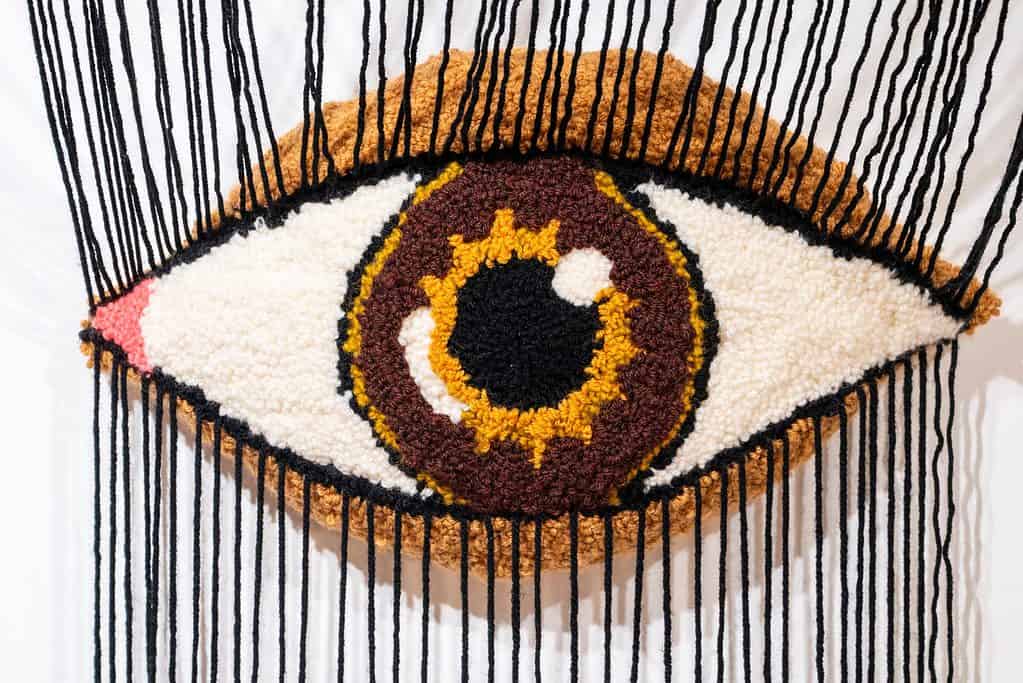If you think those home-tanned moccasins you’ve been eyeing are too expensive, taking one of Shelby Blackjack’s workshops might change your mind.
For the past three winters, Blackjack has been teaching Yukoners how to make slippers, mukluks and mittens, in conjunction with the Yukon Arts Centre.
“I learned to bead from my grandmother when I was young,” Blackjack explains. “I started making moccasins probably when I was about 19.”
Her latest moccasin-making workshop wrapped up last week at the Old Fire Hall.
“This course was a bit different. I call it the busy-people course,” she jokes.
The nine participants this time include two nurses, a restaurant owner and a Can-can dancer, all juggling busy schedules. By the second-last night, it’s obvious why these decorative and toasty-warm objects carry a significant price tag.
First, there’s the cost of supplies – two home-tanned moose hides (more expensive than the chemical-tanned variety, but more durable), rabbit or beaver-fur trim, strings of tiny colourful beads, rolls of sewing sinew – not to mention band-aids.
Then there’s the labour factor. By even the roughest estimate, these eager craftspeople are working well below the minimum wage.
“Almost every one of my students says 200 bucks would be cheap for a pair of these moccasins, once they’ve experienced the work that goes into them,” Blackjack says.
So why invest all that time and energy, rather than simply buying some factory-made footwear from a big-box store?
Self-expression, for one thing.
“With bead patterns, everybody here has designed their own. I like to incorporate that as part of the teaching,” Blackjack explains. “That way they learn about bead placement, about sizing, about how many beads you can fit onto the slipper tongue. And they get to have their own design.”
Floral motifs are the most common, but Blackjack recalls a previous student making a Pisces design of intertwined fishes in solid beadwork.
“I really like this raven pattern that’s being developed here,” she says, pointing to the design Brandie Chetcuti is working on as a gift for a close relative. “It’s really awesome.”
Next to Chetcuti, Jody Connors is developing a wild rose pattern in a gentle pink with two shades of green.
“I actually wanted to do fireweed, but Shelby told me no,” Connors says, sparking a laugh from several of the women. “She said they would be too tall to fit on the toe of the moccasin.”
But why is one student chewing the heel of her partially-finished slipper?
“For the super-thick pieces, to get the folds right, sometimes you have to chew it with your teeth just to thin it down and to hold the fold in place,” Blackjack explains.
With a table-full of people sewing such thick hide, why are there no thimbles in evidence? Then someone points out the pouch-like hide thimbles the students made the first evening of the course.
“With really good home-tan, the needle will go through like butter when you’re beading,” Blackjack says. “So you only need the thimble when you’re sewing the other pieces to it.”
OK. So, what’s with the band-aids?
“When you’re sewing the toe part, you have to pull the sinew really tight,” the Northern Tutchone instructor says. “If you don’t have a band-aid protecting your fingers, it can slice your finger pretty severely.”
“Yesterday, I had hockey tape wrapped all around this finger and this finger for pulling on the sinew,” Chetcuti adds.
Lest anyone think this traditional craft is solely for women, Blackjack says men have taken part – including one who enrolled in a mukluk-making course.
“We were using really tough elk hide, and he could sew so well – perfect, beautiful, tiny little stitches,” she says. “He just didn’t like the beadwork, so he traded. He offered to do the sewing with the really tough hide if we did the beadwork.”
Blackjack’s next course, in mitten-making, takes place in early January. Watch for notices from the Yukon Arts Centre, or contact Jessica Vallenga at 393-7109.




